Pang Tun Yau
6th October 2023 - 8 min read
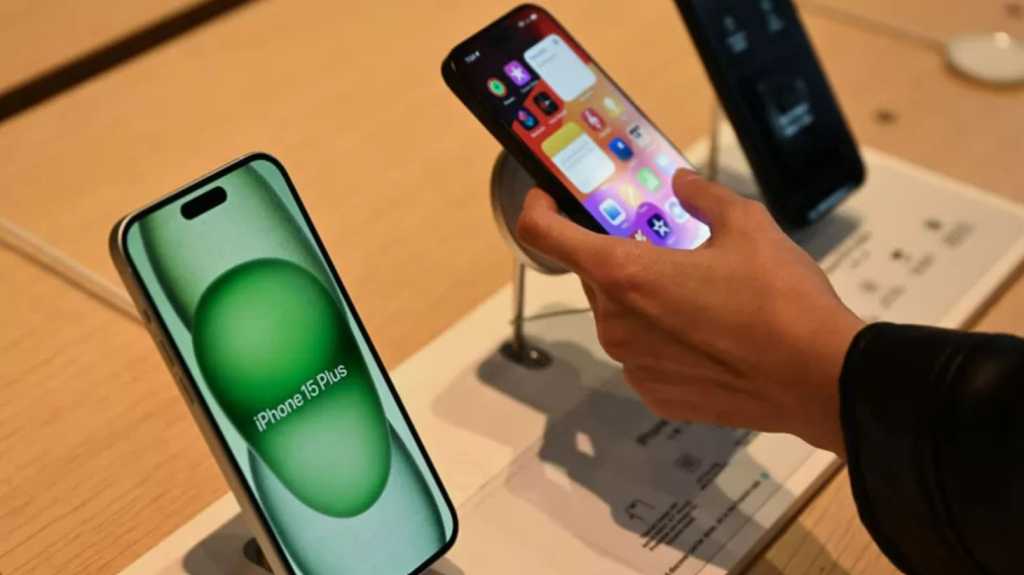
Apple’s latest generation of iPhones are now available in Malaysia, with starting prices of RM4,399 for the iPhone 15, RM5,499 for the iPhone 15 Pro, and RM6,499 for the iPhone 15 Pro Max. These retail prices have gradually increased over previous models, and yet each year iPhones almost always sell well in Malaysia. It certainly begs the question – why do consumers believe it’s worth spending so much money on an iPhone?
As it turns out, the main reason seem to be more financially-driven than lifestyle-driven.
Value Retention As A Driving Factor
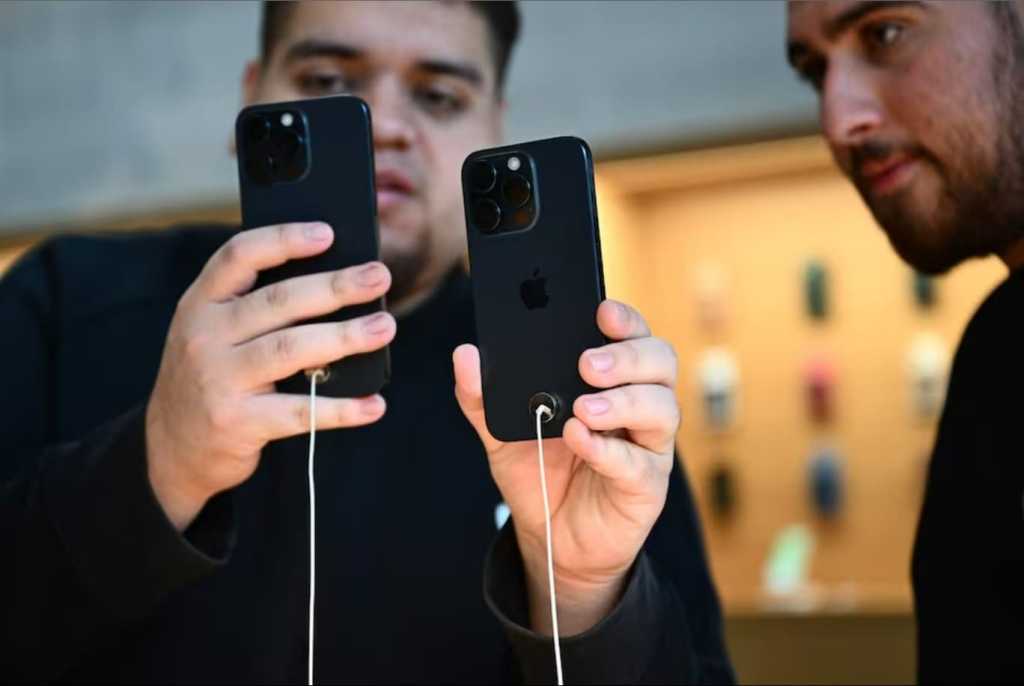
Traditionally, the cost of a smartphone is a “sunk cost”, mainly because you’ll be using it for a few years until it starts giving problems like poor battery life, lag, or it reaches the end of software support. At that point, the device’s value falls to a mere fraction of its purchase price, and you’ll need to fork out a substantial sum for a new one.
But the iPhone has demonstrated remarkable market value retention, with a depreciation rate far slower than flagship Android devices. For instance, the Smartphone and Tech Annual Depreciation Report 2022 by US tech website SellCell.com highlighted that the iPhone 14 Pro Max (128GB) lost only 26.9% of the value of its manufacturer’s suggested retail price (MSRP) since its launch in September 2022.
This observation is also supported by other surveys and reports, such as the UK’s consumer tech marketplace musicMagpie’s Annual Phone Depreciation Report (2021) and cell phone trade-in website BankMyCell’s 2021-2022 Phone Depreciation Report. In fact, BankMyCell even showed a year-by-year comparison of the depreciation rate for iPhones versus Android phones:
| Year | iPhone yearly loss | Android yearly loss |
| 1 | -13.83% | -32.06% |
| 2 | -13.57% | -35.14% |
| 3 | -11.30% | -27.09% |
| 4 | -20.50% | -34.44% |
In Malaysia, this trend is largely the same as well. Even as high-end models from Samsung, Xiaomi, and others have been creeping up in price to match those of the iPhone, they simply cannot retain their value even as first-hand products. The Samsung Galaxy S23 Ultra, for instance, retailed for RM5,699 (12GB + 256GB) at launch in February this year, but during the 9.9 mega sale, some major retailers were selling them for as low as RM4,099 – almost 30% cheaper for a latest-gen model, just seven months after launch.
In the secondary market in Malaysia, used iPhones have far better resale value than Android. Our quick checks at popular marketplaces like Facebook Marketplace, Carousell, and the Lowyat Forums show that used iPhone models tend to lose about 20-25% of their value (vs RRP) in a year, compared to Android equivalents which lose 30% and sometimes more in the same timeframe. Naturally, given that the rate of depreciation accelerates after one generation, the argument for an annual upgrade cycle starts to make sense for the iPhone.
A Different Perspective: Cost Of Ownership vs Sunk Cost
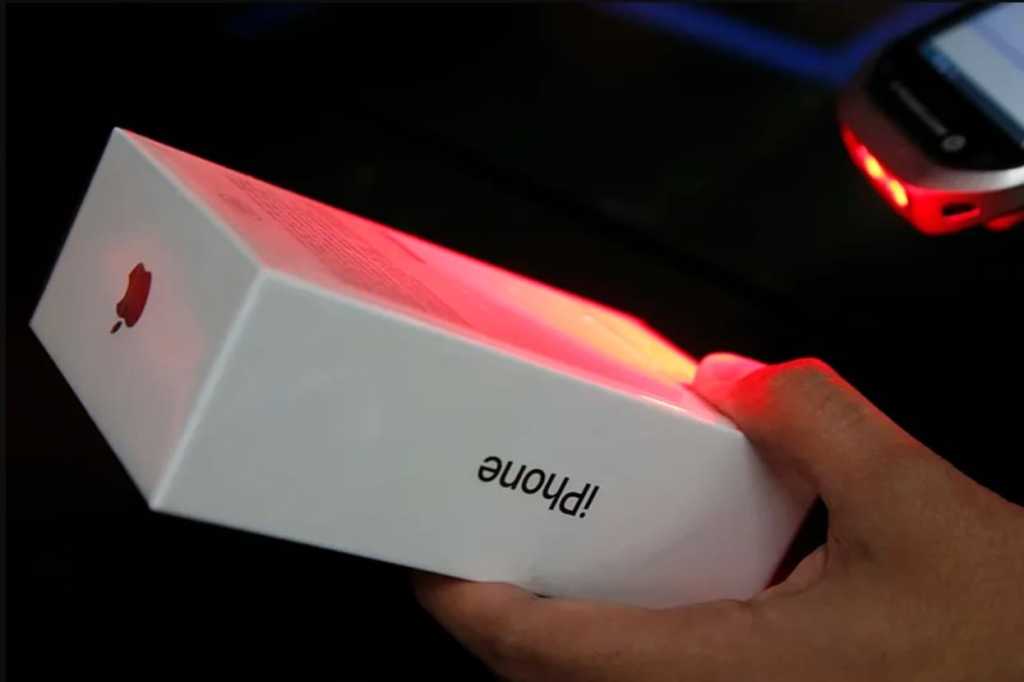
Thanks to its value retention, some iPhone owners tend to upgrade to the new model every year as a way to minimise the “cost of ownership”. This means they no longer consider their devices as a one-time purchase, but more like a lease where they can upgrade to the latest model each year at a low(er) cost.
“The idea of annual upgrades is less focused on owning the latest iPhone, but actually in preserving its value. Many iPhone owners upgrade every year because the resale value and demand of a one-generation old iPhone is quite high in Malaysia compared to Android – the depreciation is only around 20% compared to over 30% for an Android flagship smartphone,” said Andrew Cheng, editor of local consumer technology website, Nextrift.
“It’s also viable to upgrade every two years, which is the standard smartphone upgrade cycle, but the demand may not be as high and so you may not be able to sell it as quickly or at the price you’re comfortable with,” he added.
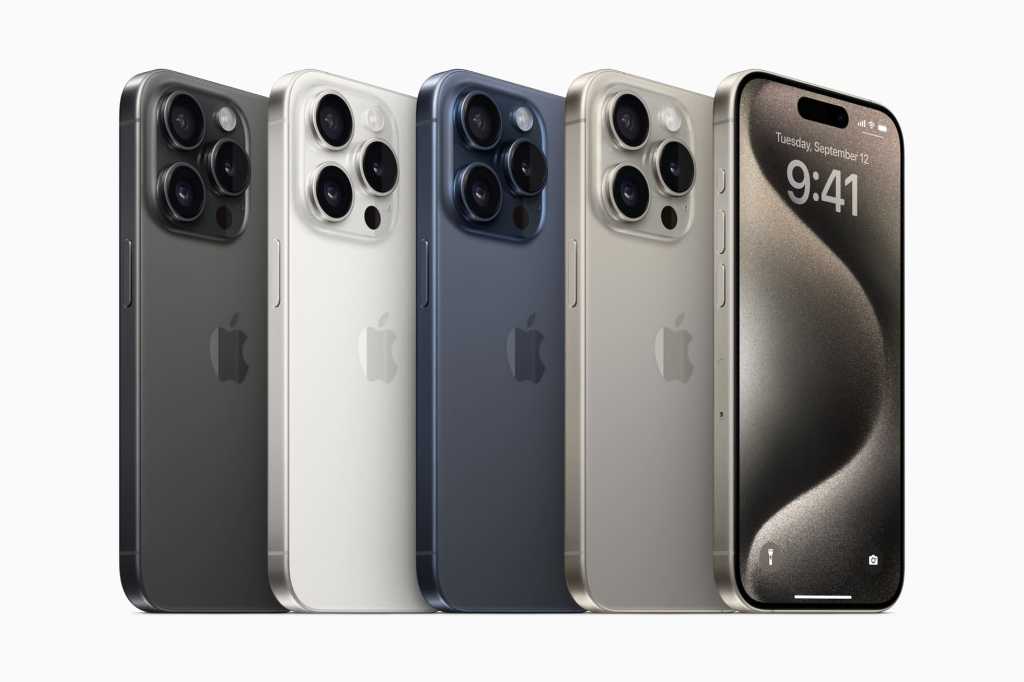
This perspective views the only “sunk cost” is the first iPhone purchase, before spending a substantially smaller amount every year after (compared to one large sum every two to three years for a normal smartphone upgrade cycle). The “savings” becomes more significant over time, and this concept is viable enough that telcos have been offering their own leasing plans for the iPhone and other smartphones in Malaysia as far back as 2015.
As such, it can be concluded that this perspective only makes sense based on two factors. The main factor, of course, is that you can actually afford the initial iPhone purchase; while you will end up saving money over time, it shouldn’t justify spending beyond your means. The second factor is that it is only viable for the iPhone thanks to its value retention.
Driving Down The Cost Of Ownership
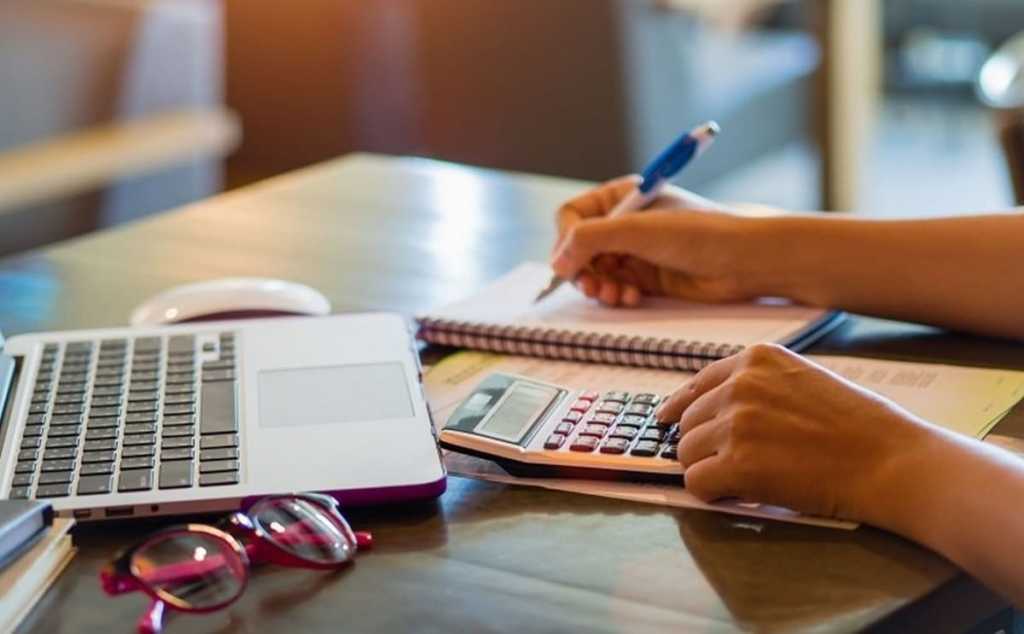
So, with this perspective in place, how do these iPhone owners minimise the cost of ownership?
The first comes from reducing the cost of purchase itself. For example, Shopee had offered up to RM400 worth in Shopee Coins to pre-order any iPhone 15 model – a considerable discount that lowers the cost of ownership. It won’t be a surprise to see more offers like these in the upcoming 10.10 sale and beyond either.
Next is the mode of purchase. Specifically, the goal is to earn or reap rewards from credit cards or e-wallets (or both!) to further drive the purchase price (and thus the cost of ownership) to a lower level. This is where air miles credit cards really shine, as most cards of this type do not have a limit on the rewards points you can earn (compared to a cashback credit card, which have a hard cap on the cashback you can earn a month).
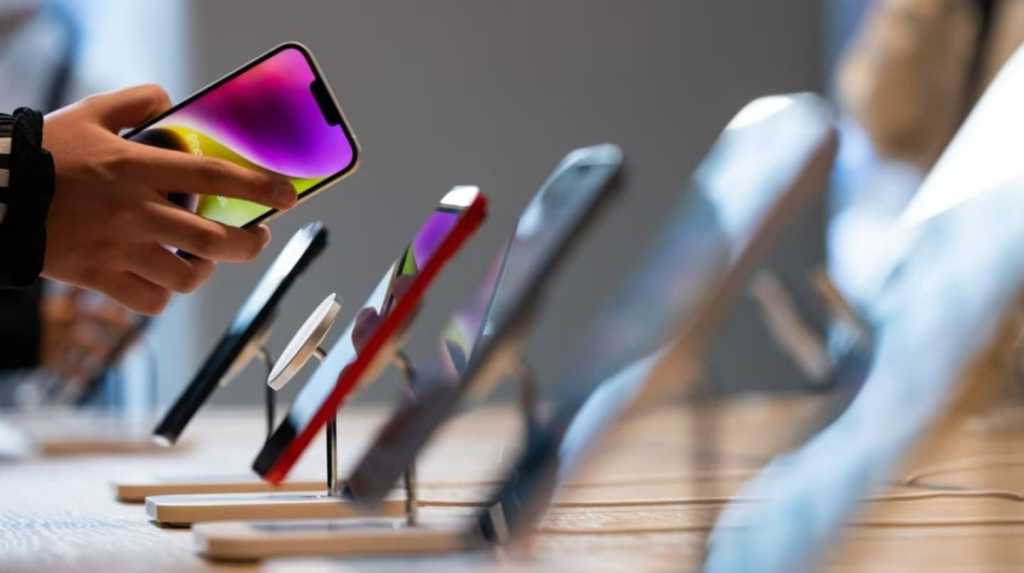
Lastly, the most interesting method of minimising cost of ownership takes into account the tax relief benefits into the calculation!
Each year, Malaysian individual taxpayers can claim RM2,500 in lifestyle tax relief as part of their income tax benefits. This can equate to more than a few hundred Ringgit in tax savings if you buy a new phone every year and claim this tax benefit – which in turn, fills the gap between the purchase price of the new iPhone and the price you sell your existing iPhone (i.e. the cost of ownership).
Individual income tax rates vary based on income, so the theory above makes more sense the higher your annual chargeable income is (and assuming you don’t already have any lifestyle purchases to claim). Buying a new iPhone 15 today maxes out the RM2,500 relief, so the tax savings you get can be as little as RM25 (1% tax rate) to RM750 (30% tax rate). You’ll even save a little bit more if the RM2,500 relief drops your chargeable income by one tax tier.
Does It Make Sense?
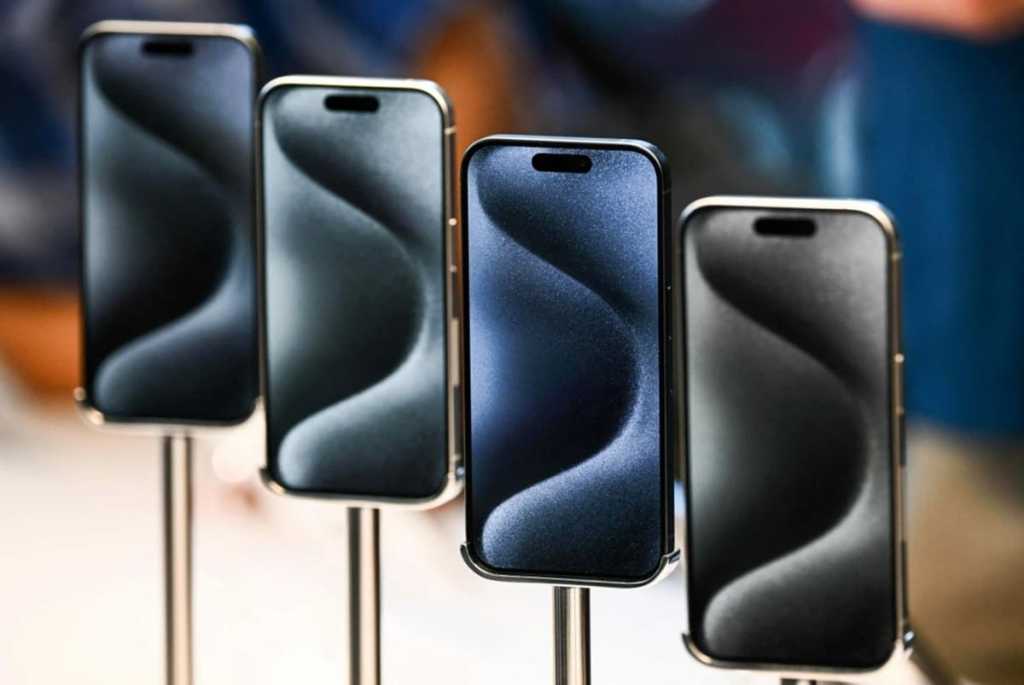
So with all this data, what’s the actual cost of upgrading to a new iPhone every year? Let’s take a very basic example. If you bought the iPhone 14 Pro (128GB) at launch back in 2022 at RM5,299, you can resell it at an estimated depreciation rate of 20% (i.e. RM4,239.20) or even 25% to the “PM best price” folk to maybe RM3,900 and purchase the new iPhone 15 Pro (128GB) at RM5,499. This equates to a “cost of ownership” of about RM1,599 a year (assuming the same calculation in future years).
Now, if we assume the ideal scenarios for buying the iPhone 15 Pro where you:
(i) earned RM400 in Shopee Coins,
(ii) “earned” ~4% in air miles value (~RM220) by using a good air miles credit card like the Maybank 2 Cards Premier, CIMB Travel World Elite, or the Alliance Bank Visa Infinite, and
(iii) are on the 30% tax rate and have no other purchases to claim for lifestyle tax relief (RM750 “savings”)
Overall, the cost of ownership of a new iPhone would amount to (RM5,499 – RM3,900 – RM400 – RM220 – RM750) = RM229 – roughly equivalent to the price of a basic entry-level Android smartphone.
That’s just theoretical, of course, and in reality the figure would be higher, but it definitely illustrates the viability of annually upgrading your iPhone (and why some people do it).
So, should you consider upgrading your iPhone every year? Or, if you’re on Android, should you make the switch? Ultimately, the decision is not purely an objective one. Like cars, smartphones are not a one-dimensional purchase. Some people have a preference for a specific brand, platform, or even design, and for others, the upfront cost of owning an iPhone simply makes it prohibitive to justify the above pointers on cost of ownership.
But one thing cannot be denied: the iPhone holds its value like no other smartphone can.


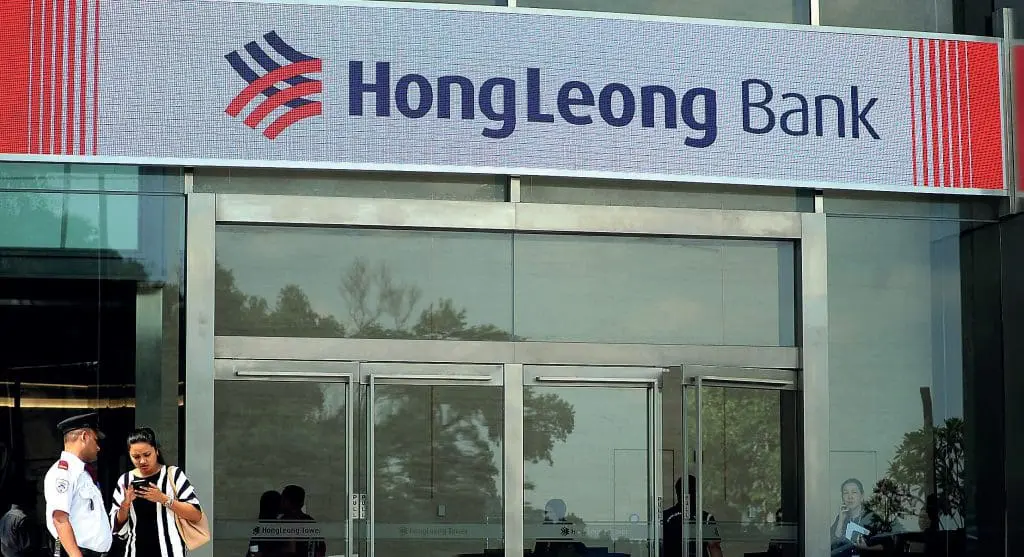
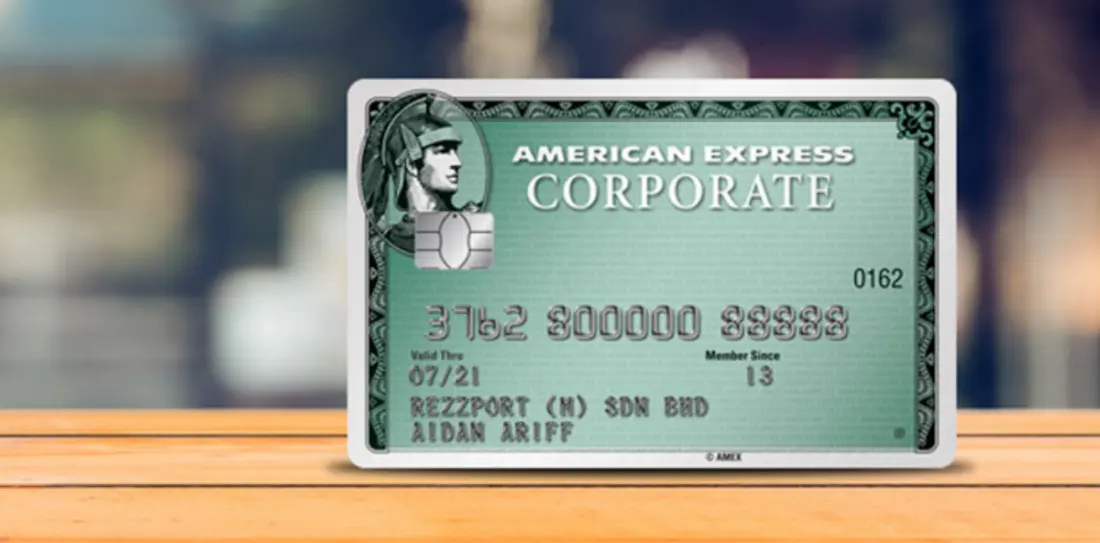

Comments (3)
To me its silly and troublesome to upgrade every year. I change mine once in 3-4 years and even that I am lazy to do the chore🤣
thats what i did for the past years, but this year 14 depreciated a lots.
It is likely due to the USB C change – the entire Lightning ecosystem is over, and you can even see official Apple resellers giving deep discounts for the 14 series already.